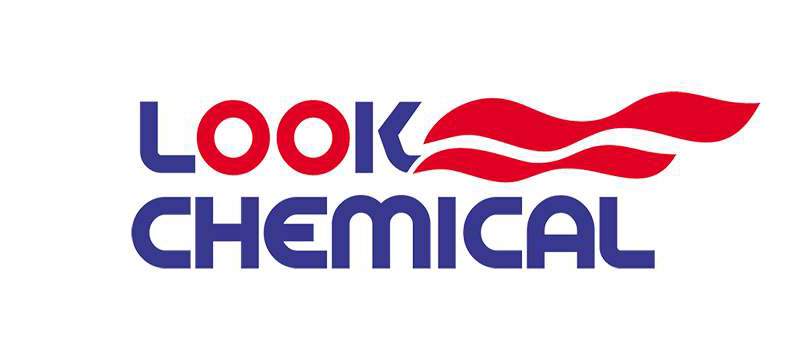ShanDong Look Chemical Co.,Ltd

Cinnamyl Chloride CAS 2687-12-9 | Look Chemical
Table of Cinnamyl Chloride
Cinnamyl Chloride




Basic Info
| Product Name: | Cinnamyl Chloride |
| Synonyms: | 3-Chloro-1-phenylpropene; Beta-chloromethylstyrene |
| CAS: | 2687-12-9 |
| MF: | C9H9Cl |
| MW: | 152.62 |
| EINECS: | 220-246-4 |
| Product Categories: | Flavors and fragrances |
Chemical Properties
Melting point | -19 °C (lit.) |
Boiling point | 108 °C/12 mmHg (lit.) |
density | 1.096 g/mL at 25 °C (lit.) |
vapor pressure | 2Pa at 20℃ |
refractive index | n20/D 1.584(lit.) |
Fp | 175 °F |
storage temp. | 2-8°C |
form | Liquid |
color | Yellow to yellow-brown |
Water Solubility | 0.2 g/L (20 ºC) |
Sensitive | Lachrymatory |
What is Cinnamyl Chloride?
Cinnamyl chloride is also known as 3-chloro-1-phenylpropene and cinnamoyl chloride. Needle-shaped crystals or colorless liquid. Molecular weight 152.62. Melting point 8-9°C. Boiling point 125-126°C (2.93 kPa). Relative density 1.0926. Refractive index 1.5851. Flash point 79°C. It can be mixed with alcohol and ether, soluble in acetone and benzene, and insoluble in water. It is used as a pharmaceutical intermediate.
Cinnamyl chloride can be obtained from styrene by chloromethylation, and then heated with urotropine to produce aromatic aldehydes, such as cinnamaldehyde. Cinnamaldehyde is mainly used as a edible flavoring to prepare cinnamon, mint, apple, cherry, plum, apricot, cola, rose, lily of the valley and other flavors. It is used in condiments, alcohol, candy, and meat. It is a edible flavoring allowed for use in China’s GB2760-1996 regulations; it is also used in cosmetics, toothpaste and mouthwash; medicinal spices; this product is also used as a raw material for preservatives and fungicides.
Cinnamyl Chloride Uses
- Used as pharmaceutical intermediates and organic synthesis.
- Cinnamoyl chloride is used for the enantioselective total synthesis of bioactive marine diterpenes helioporins C and E.
Applications of Cinnamyl Chloride
Preparation of analgesic qiangtongding
The non-narcotic analgesic qiangtongding is prepared by acylation of hexahydrate piperazine, condensation with cinnamyl chloride, and then hydrolysis, acylation, and salt formation. It can be used to treat neuralgia, postoperative pain, back pain, pain after burning, urination pain, and tumor pain.
Preparation of negative photoresist polyvinyl alcohol cinnamate
Cinnamyl chloride is prepared by cinnamic acid and thionyl chloride in a reactor at 60-65°C. Then the treated polyvinyl alcohol is swollen in 95-100°C solvent pyridine, added to an esterification kettle, and cinnamoyl chloride is added dropwise at 50°C for esterification reaction. After 5 hours of reaction, acetone is added to dilute, precipitate in water, and the crude product is obtained after washing and drying. The crude product is dissolved in a dissolving kettle with cyclohexanone and 5-nitroacenaphthene, and the insoluble impurities are removed by filtration to generate the product. Polyvinyl alcohol cinnamate is a negative photoresist. The part irradiated by ultraviolet light will cause cross-linking between polymer molecules and is insoluble in the developer. It is used to prepare integrated circuits and electronic components, and to make anti-corrosion coatings in photolithography. It is also suitable for fine pattern processing in the production of printed circuit boards, metal signs, optical instruments, and precision measuring tools.
References
Cinnamyl chloride – WikiPedia
A kind of preparation method of cinnamyl chloride